

|
|
The Film
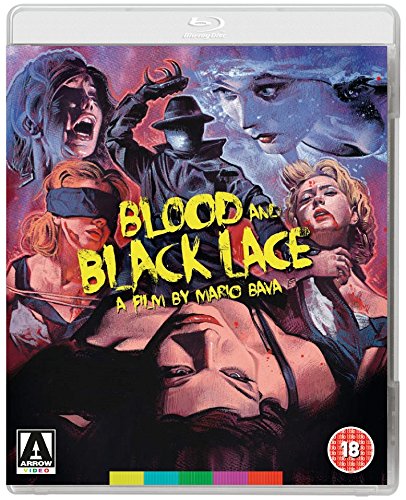 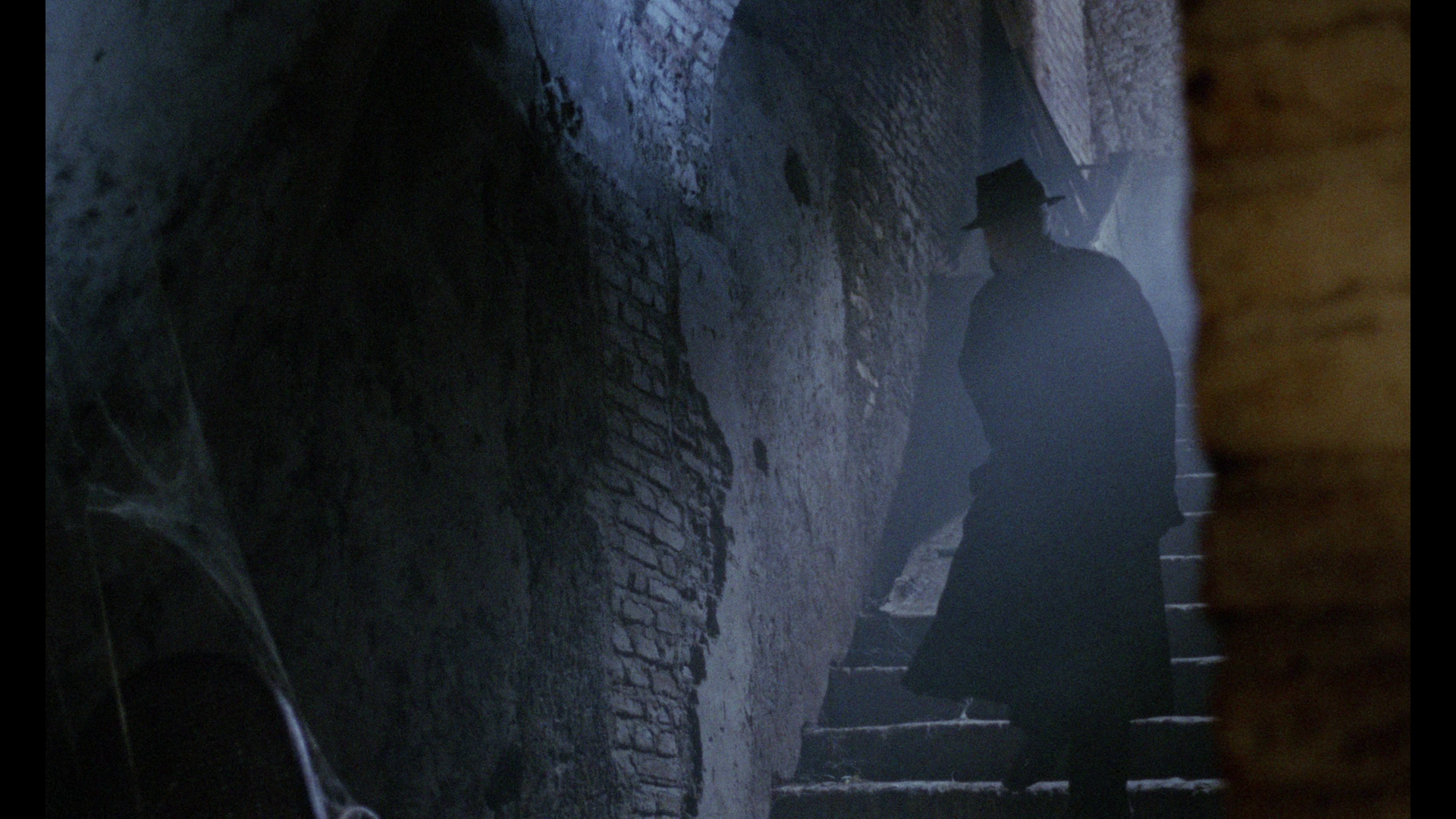 Blood and Black Lace (Mario Bava, 1964) Blood and Black Lace (Mario Bava, 1964)
In many ways, the Italian thriller highlights the tension between the local and the global – both in terms of the content of the films (which often featured American actors alongside a predominantly European cast) and the ways in which, over time, they have been received. Where for Italian audiences the label ‘giallo’ denotes any kind of thriller, regardless of its content or context of production (and thus can be applied to films as diverse as Hitchcock’s Stage Fright, 1950, and John Huston’s The Maltese Falcon, 1941), for English-language fans the term has become indelibly associated with a very specific subgroup of Italian-produced thrillers made during the 1960s, 1970s and early 1980s. Italian audiences tend to refer to these films as examples of the thrilling or thrilling all’italiana (Italian-style thrillers). As Philippe Met suggests, approaches to understanding the giallo/thrilling all’italiana are complicated by ‘existing discrepancies of a semantic or taxonomic nature’ (2006: 196). Met suggests that there is irony within the fact that within Italy, ‘in the very country in which it [the giallo/thrilling all’italiana] originated, the all’italiana [Italian-style] specificity of the genre’ is largely ‘subsumed by […] a much broader understanding of the giallo designation as coextensive with crime cinema’ more generally, ‘cutting across national boundaries and the typological spectrum’; whilst in Britain and America, on the other hand, the giallo is seen as an exclusively Italian product, to the extent that debates exist as to whether ‘one can viably and legitimately stretch it to create an “American giallo”’, for example (ibid.). 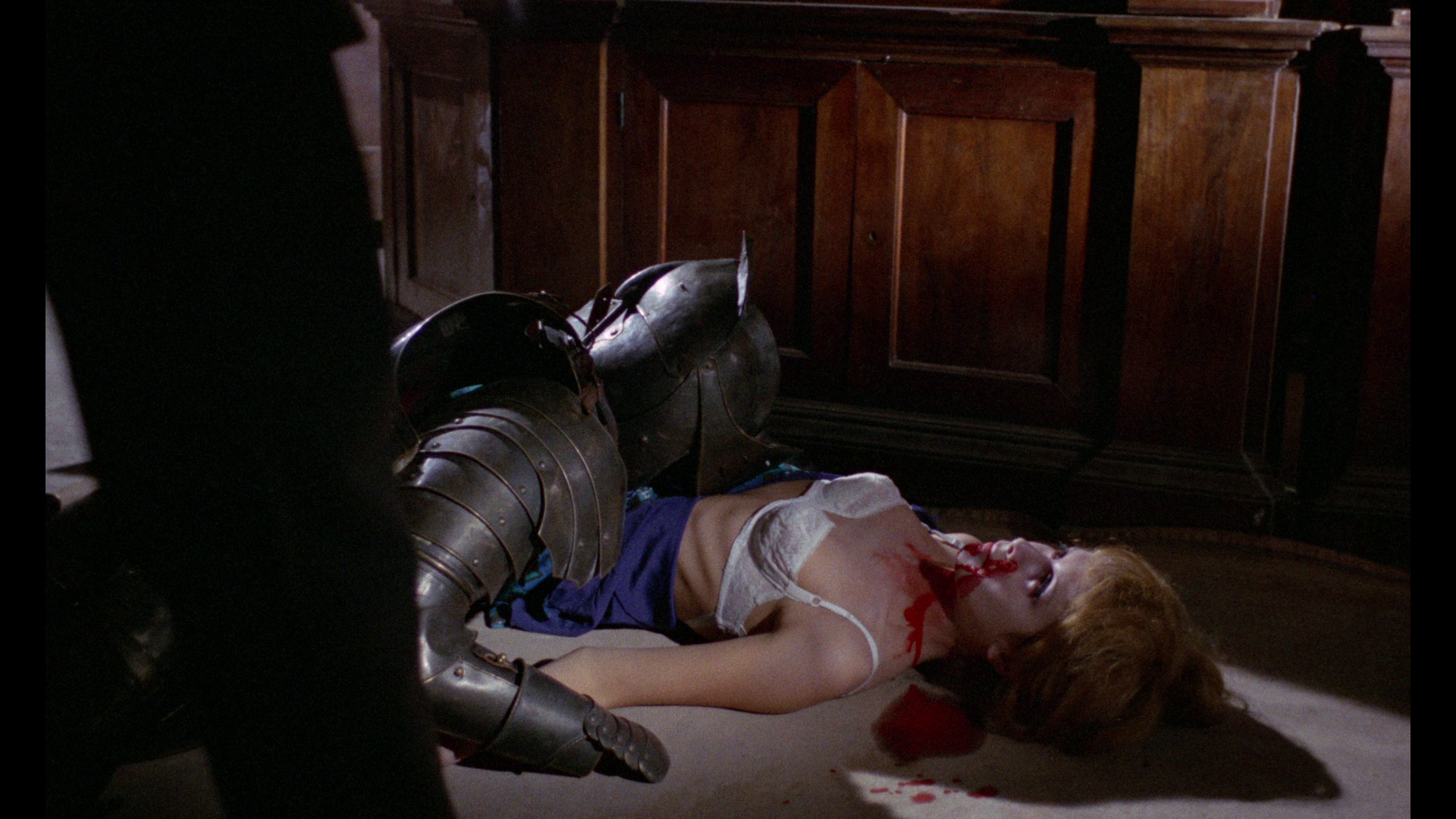 Like film noir, the giallo (or thrilling all’italiana) can perhaps best be considered as a ‘style’ rather than a genre: although the pictures very often (but not always) feature recurring visual elements, etc, in narrative structure and thematic concerns the films are actually incredibly diverse. The thrilling all’italiana encompasses paranoid political thrillers (La corta notte della bambole di vetro/Short Night of the Glass Dolls, Aldo Lado, 1971), rural psychosexual terror pictures filled with creeping dread (La casa dalle finestre che ridono/The House with Laughing Windows, Pupi Avati, 1975), cosmopolitan ‘woman-in-peril’ melodramas (Le foto proibite di una signora per bene/The Forbidden Photos of a Lady Above Suspicion, Luciano Ercoli, 1970) that seem to take their cue from films noir like Joseph Losey’s The Prowler (1951), and ‘impure’ hybrids such as La polizia chiede aiuto (What Have They Done to Your Daughters?, Massimo Dallamano, 1974), which marries the domestic peril of the thrilling all’italiana with the procedural elements of the poliziesco all’italiana (Italian-style police films). There’s arguably a sense in which the diversity of the thrilling all’italiana has become subsumed within a focus on the more delirious examples of the genre (which tend to be the ‘woman-in-peril’-type films of directors such as Sergio Martino), but regardless of this, many of the iconographic elements of the Italian thrilling pictures are often seen as being sourced within Mario Bava’s Sei donne per l’assassino/Blood & Black Lace (1964). Like film noir, the giallo (or thrilling all’italiana) can perhaps best be considered as a ‘style’ rather than a genre: although the pictures very often (but not always) feature recurring visual elements, etc, in narrative structure and thematic concerns the films are actually incredibly diverse. The thrilling all’italiana encompasses paranoid political thrillers (La corta notte della bambole di vetro/Short Night of the Glass Dolls, Aldo Lado, 1971), rural psychosexual terror pictures filled with creeping dread (La casa dalle finestre che ridono/The House with Laughing Windows, Pupi Avati, 1975), cosmopolitan ‘woman-in-peril’ melodramas (Le foto proibite di una signora per bene/The Forbidden Photos of a Lady Above Suspicion, Luciano Ercoli, 1970) that seem to take their cue from films noir like Joseph Losey’s The Prowler (1951), and ‘impure’ hybrids such as La polizia chiede aiuto (What Have They Done to Your Daughters?, Massimo Dallamano, 1974), which marries the domestic peril of the thrilling all’italiana with the procedural elements of the poliziesco all’italiana (Italian-style police films). There’s arguably a sense in which the diversity of the thrilling all’italiana has become subsumed within a focus on the more delirious examples of the genre (which tend to be the ‘woman-in-peril’-type films of directors such as Sergio Martino), but regardless of this, many of the iconographic elements of the Italian thrilling pictures are often seen as being sourced within Mario Bava’s Sei donne per l’assassino/Blood & Black Lace (1964).
The film’s narrative is deceptively simple but presented with a bravura flourish by Bava. The film opens in the Christian Haute Couture fashion house where, during a thunderstorm, the denizens are bustling about. Outside, one of the models, Isabella (Francesca Ungaro), meets with her lover Franco (Dante DiPaolo), the owner of an antiques shop. Franco is a drug addict who is jonesing for his next fix. Shortly after Franco leaves her, Isabella is attacked and murdered – throttled to death – by a killer clad in black. The police are called and Inspector Silvestri (Thomas Reiner) begins his investigation. 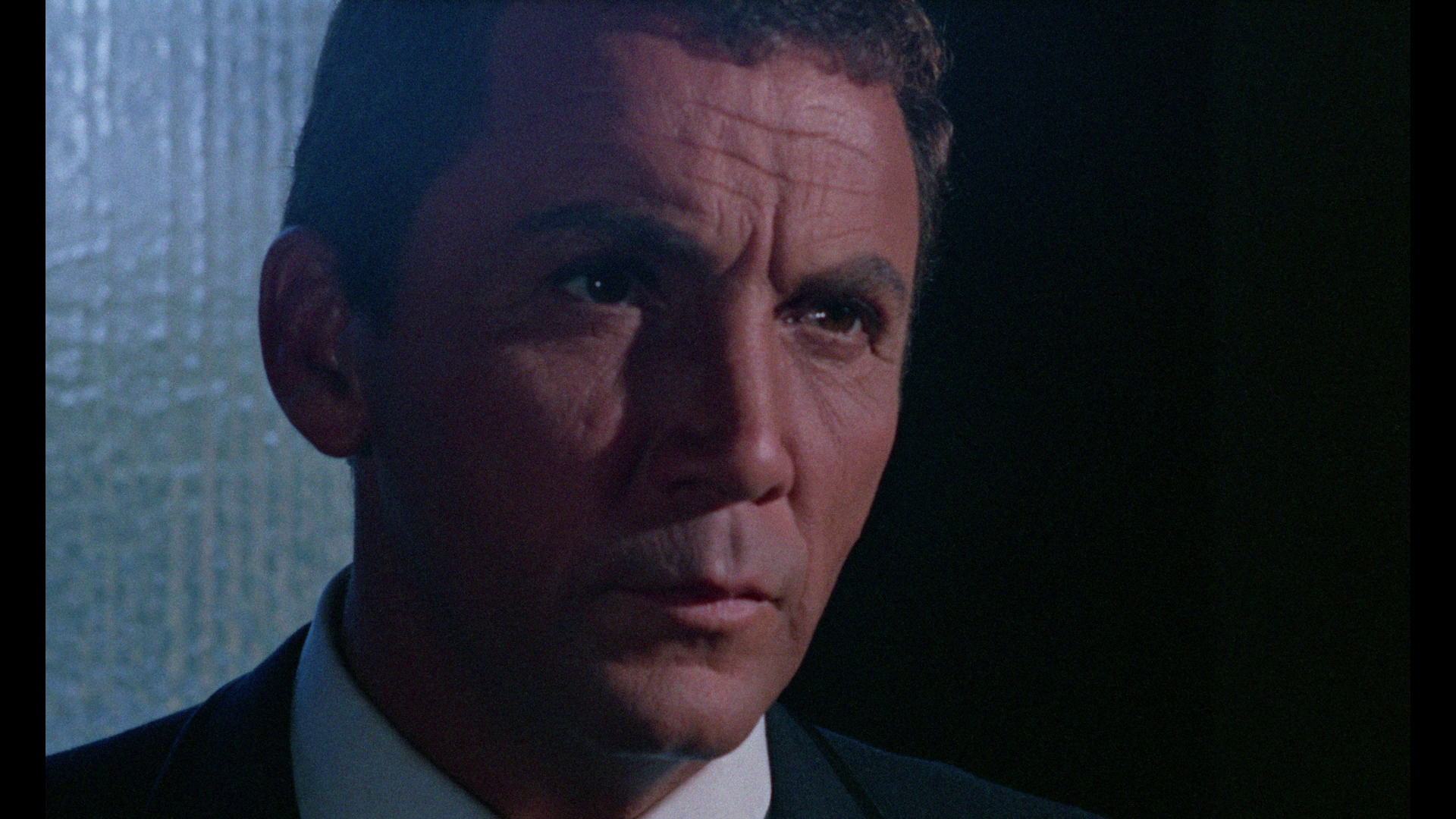 The fashion house is owned by Contessa Cristiana (Eva Bartok), a widow, financed by Marquis Riccardo (Franco Ressel) and managed by Morlacchi (Cameron Mitchell). When Isabella’s diary is discovered within the fashion house, a number of the denizens display great anxiety. Nicole (Ariana Gorini) telephones Franco, telling him of the discovery of Isabella’s diary, and promises to meet Franco at his antique shop. Borrowing Peggy’s (Mary Arden) car, Nicole drives to Franco’s shop and enters it. However, she is attacked by the killer, who drives her face onto a medieval spiked glove that has been taken from one of the suits of armour within the shop. The fashion house is owned by Contessa Cristiana (Eva Bartok), a widow, financed by Marquis Riccardo (Franco Ressel) and managed by Morlacchi (Cameron Mitchell). When Isabella’s diary is discovered within the fashion house, a number of the denizens display great anxiety. Nicole (Ariana Gorini) telephones Franco, telling him of the discovery of Isabella’s diary, and promises to meet Franco at his antique shop. Borrowing Peggy’s (Mary Arden) car, Nicole drives to Franco’s shop and enters it. However, she is attacked by the killer, who drives her face onto a medieval spiked glove that has been taken from one of the suits of armour within the shop.
The killer searches Nicole’s body in search of the diary, but Nicole hasn’t brought it with her: the diary is in the possession of Peggy, who after reading several passages which suggest that Isabella was blackmailing Peggy with the knowledge that Peggy has had an abortion (a fact which would ruin Peggy’s career), decides to burn the diary on an open fire. However, shortly afterwards Peggy is attacked by the killer, who demands to know where the diary is. Peggy tells the killer that she burnt it, but the killer appears not to believe her: ‘Why won’t you believe me?’, Peggy implores, ‘I burnt that diary. It contained things about me I don’t want people to know’. The killer murders Peggy, pressing her face into a red hot stove. 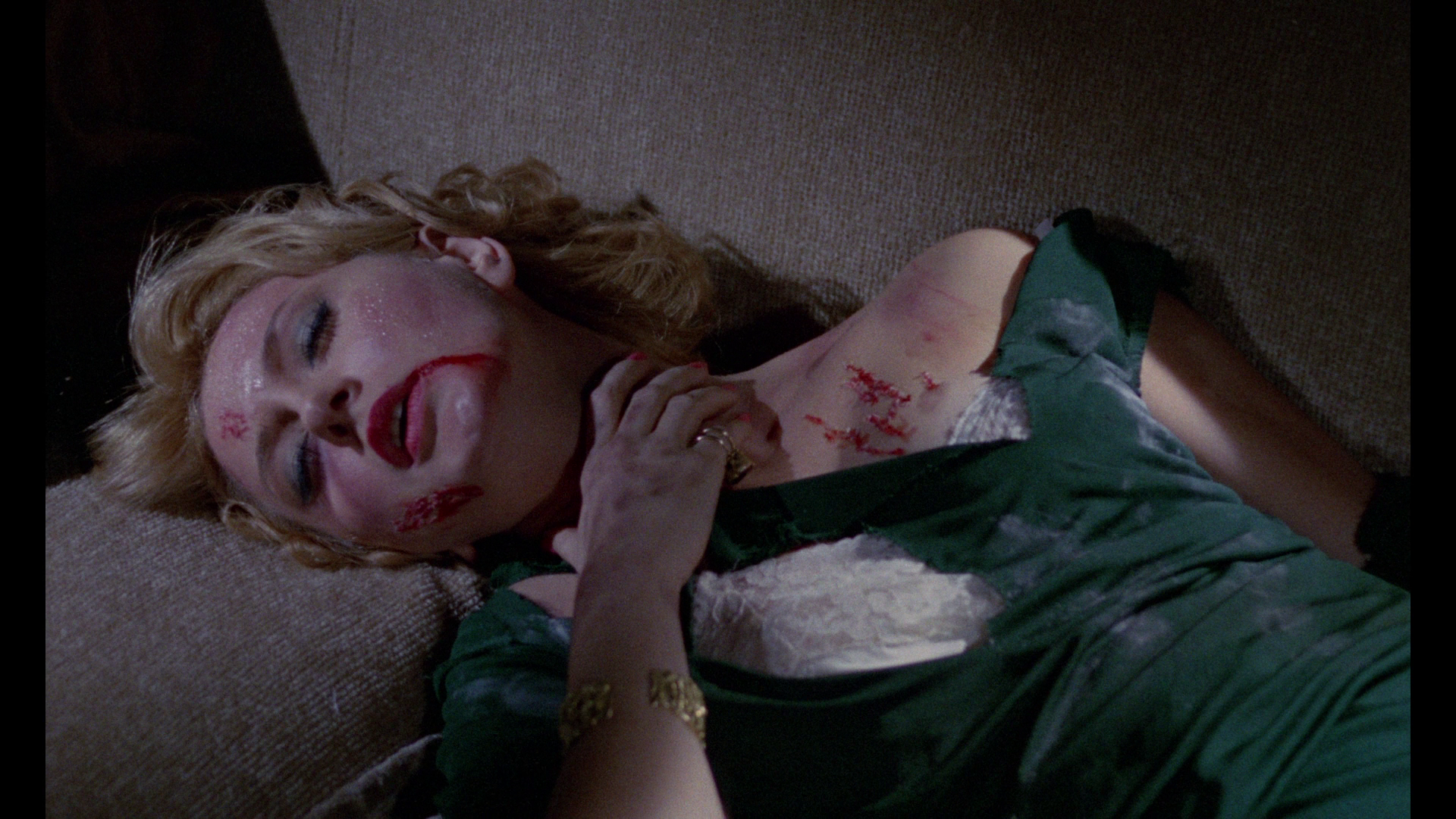 Investigating this spate of murders, Silvestri can find no clear leads, other than a witness who saw the killer driving Peggy’s car and who describes the murderer as ‘dressed all in black and he didn’t seem to have a face’. Deducing that the killer knew the victims personally, Silvestri arrests Morlacchi, Franco, Riccardo, Marco (Massimo Righi) and the fashion designer Cesare Lazzarini (Luciano Pigozzi). However, whilst the suspects are in custody another murder takes place: Greta (Lea Krugher) is smothered in her home. It seems that the killer is still at large. Investigating this spate of murders, Silvestri can find no clear leads, other than a witness who saw the killer driving Peggy’s car and who describes the murderer as ‘dressed all in black and he didn’t seem to have a face’. Deducing that the killer knew the victims personally, Silvestri arrests Morlacchi, Franco, Riccardo, Marco (Massimo Righi) and the fashion designer Cesare Lazzarini (Luciano Pigozzi). However, whilst the suspects are in custody another murder takes place: Greta (Lea Krugher) is smothered in her home. It seems that the killer is still at large.
Blood and Black Lace wasn’t the first example of the thrilling all’italiana (elements of the thrilling all’italiana have been traced back to Francesco Mastriani’s 1852 novel Il mio cadavere, the first Italian detective novel, and Luchino Visconti’s Ossessione, 1941, is often cited as the first cinematic Italian-style thriller), but it is one of the most famous early examples of the form. Met suggests that Bava’s film was ‘arguably the first giallo worthy of the name’ (op cit.: 197). In the documentary included on this Blu-ray release of the film, Dario Argento argues that whilst Blood and Black Lace clearly wasn’t the first Italian-style thriller, Bava’s film arguably ‘codified how Italian gialli should be told’. The film’s Italian title, Sei donne per l’assassino (‘Six Women for the Killer’) offers an effective summary of its ‘body count’ approach to narrative (the schematic focus on a series of murders), the framing of women as victims, and its emphasis on set-pieces. Wheeler Winston Dixon has suggested that Blood and Black Lace marked the point within Bava’s career at which it became clear (at least to Bava’s critics) that ‘his interest in plot was easily superseded by his increasing emphasis on brutal violence, atmospheric sets, and lighting design’ (Dixon, 2010: 111). Whether justified or not, one of the criticisms often leveled at Bava’s films, and the thrilling all’italiana more generally, is their focus on style at the expense of plotting and their exquisitely choreographed moments of mayhem and violence; but the sometimes illogical, dreamlike plotting and the focus on setpieces which punctuate the narrative are precisely the elements that appeal to Bava’s fans. 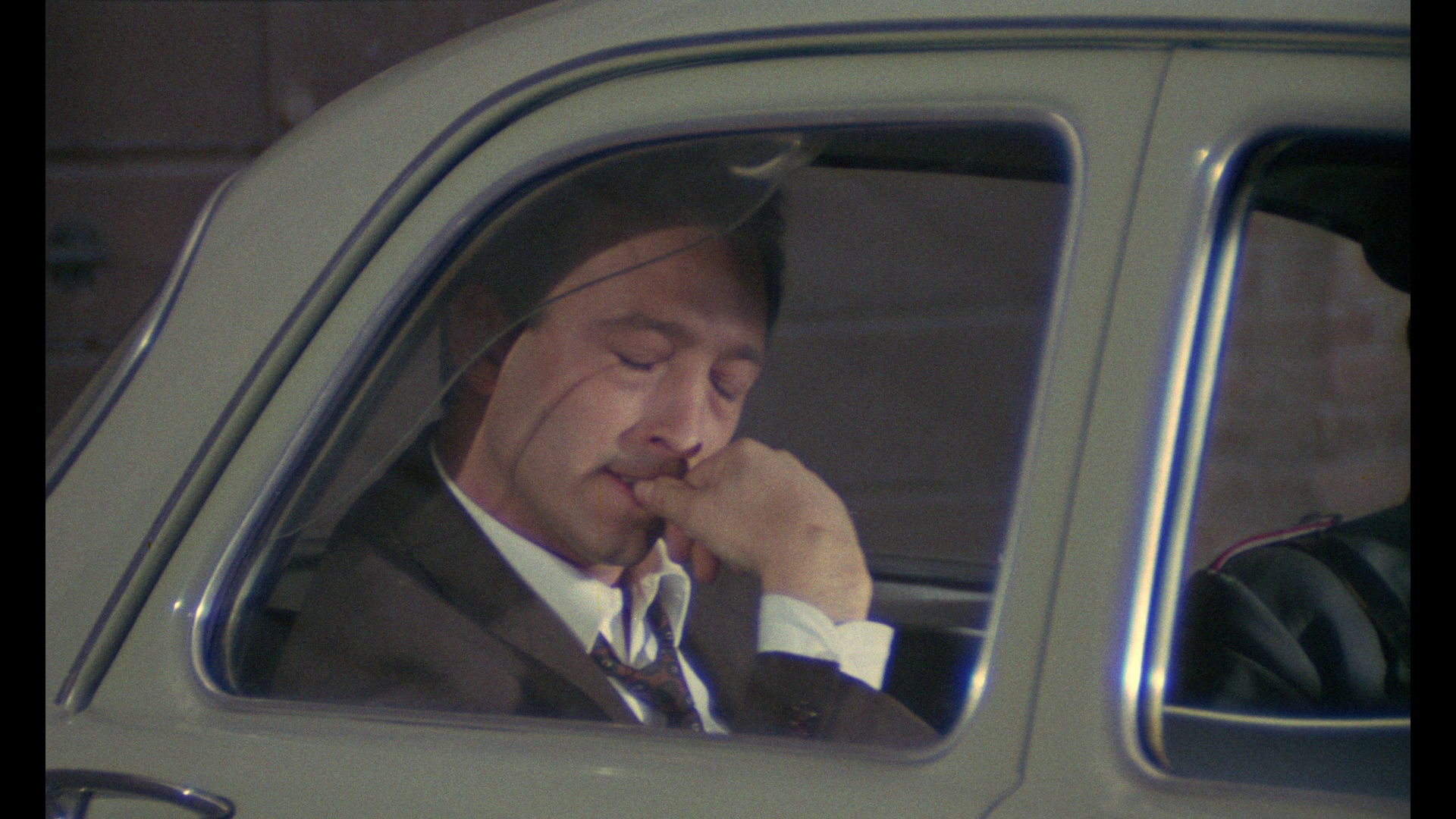 Considering the (oft-ignored) diversity of the giallo/thrilling all’italiana generally, it’s perhaps fairer to say that Blood and Black Lace arguably defined the characteristics of the more baroque, Gothic examples of the thrilling films of the late-1960s and early-1970s (the thrilling pictures by Dario Argento and Sergio Martino, for example), rather than the conventions of every Italian-style thriller that followed. The film has little in common with Amore e morte nel giardino degli dei (Love and Death in the Garden of the Gods, Sauro Scavolino, 1972), for example. (This may be illuminated by Argento’s comment that Blood and Black Lace ‘codified how Italian gialli should be told’, given Argento’s long-standing association with the more baroque and fantastical aspects of the thrilling all’italiana.) The baroque breed of Italian thrillers – with their self-reflexivity (a focus on themes of voyeurism and spectatorship), emphasis on psychosexual mania and elaborate visual schema – may be the more ‘visible’ films within the form, but they aren’t necessarily characteristic of the bulk of Italian thrillers. Bava’s previous thrilling all’italiana film, La ragazza che sapeva troppo (The Girl Who Knew Too Much, 1963; see our review of Arrow’s Blu-ray release of that title here), though shot in monochrome rather than the vivid colour of Blood and Black Lace, helped to establish a narrative template followed by a number of subsequent thrilling pictures: as Gino Moliterno has said, The Girl Who Knew Too Much defined the narrative model for films such as Argento’s Profondo rosso (Deep Red, 1975), in its focus on ‘the story of an innocent eyewitness to a violent murder who takes on the role of amateur detective in order to track down the killer and, in the process, becomes one of the killer’s main targets’ (Moliterno, 2009: 151). With a plot that revolved around an imperiled female protagonist, Nora (Leticia Román), the film also arguably offered a template for many of the ‘woman-in-peril’ thrilling films: for example, Martino’s Tutti i colori del buio (All the Colors of the Dark, 1972). Considering the (oft-ignored) diversity of the giallo/thrilling all’italiana generally, it’s perhaps fairer to say that Blood and Black Lace arguably defined the characteristics of the more baroque, Gothic examples of the thrilling films of the late-1960s and early-1970s (the thrilling pictures by Dario Argento and Sergio Martino, for example), rather than the conventions of every Italian-style thriller that followed. The film has little in common with Amore e morte nel giardino degli dei (Love and Death in the Garden of the Gods, Sauro Scavolino, 1972), for example. (This may be illuminated by Argento’s comment that Blood and Black Lace ‘codified how Italian gialli should be told’, given Argento’s long-standing association with the more baroque and fantastical aspects of the thrilling all’italiana.) The baroque breed of Italian thrillers – with their self-reflexivity (a focus on themes of voyeurism and spectatorship), emphasis on psychosexual mania and elaborate visual schema – may be the more ‘visible’ films within the form, but they aren’t necessarily characteristic of the bulk of Italian thrillers. Bava’s previous thrilling all’italiana film, La ragazza che sapeva troppo (The Girl Who Knew Too Much, 1963; see our review of Arrow’s Blu-ray release of that title here), though shot in monochrome rather than the vivid colour of Blood and Black Lace, helped to establish a narrative template followed by a number of subsequent thrilling pictures: as Gino Moliterno has said, The Girl Who Knew Too Much defined the narrative model for films such as Argento’s Profondo rosso (Deep Red, 1975), in its focus on ‘the story of an innocent eyewitness to a violent murder who takes on the role of amateur detective in order to track down the killer and, in the process, becomes one of the killer’s main targets’ (Moliterno, 2009: 151). With a plot that revolved around an imperiled female protagonist, Nora (Leticia Román), the film also arguably offered a template for many of the ‘woman-in-peril’ thrilling films: for example, Martino’s Tutti i colori del buio (All the Colors of the Dark, 1972).
Mikel J Koven has suggested that with The Girl Who Knew Too Much and Blood and Black Lace, Bava established many of the tropes of subsequent thrilling all’italiana pictures (Koven, 2006: 3-4). Both films display a very different approach to narrative, but Blood and Black Lace in particular ‘introduced to the genre specific visual tropes that would become cliched’ in subsequent films (ibid.: 4). Chief among these was the level of cruelty and diversity of method within the murders, all committed ‘against beautiful women’ (ibid.). One of the other elements of the more baroque thrilling films that finds its first defining expression in Blood and Black Lace is the depiction of the film’s killer, a mysterious figure clad in black fedora, trenchcoat and leather gloves. (Mikel Koven suggests that the killer’s disguise in Blood and Black Lace may have drawn upon the depiction of the murderer in George Pollock’s Murder She Said, 1961, who also wears a black overcoat and black gloves.) This get-up would come to be associated with the more extravagant examples of the thrilling all’italliana via its appearance in a number of Argento’s films, beginning with L’uccello dalle piume di cristallo/The Bird with the Crystal Plumage, 1970), and numerous other Italian thrilling films of the 1970s, such as Giuliano Carnimeo’s Perché quelle strane gocce di sangue sul corpo di Jennifer? (The Case of the Bloody Iris, 1972) and Paolo Cavara’s La tarantola dal ventre nero (The Black Belly of the Tarantula, 1971), to cite but two examples.  However, whereas many of Argento and Martino’s ‘woman-in-peril’ thrilling films, not to mention the schoolgirl gialli popular during the 1970s (Massimo Dallamato’s Cosa avete fatto a Solange/What Have You Done to Solange?, 1972), featured killers with often elaborate psychosexual motives for their crimes, Blood and Black Lace parodies this trend before it even began. When Silvestri arrests the male members of the fashion house following the deaths of Nicole and Peggy, his finger at Lazzarini, declaring, ‘He’s impotent! That’s why he kills women, because he can’t have them’. Later, Silvestri consults with another member of the investigation, who tells Silvestri that ‘We’re dealing with a madman here’. ‘Or a homicidal sex maniac’, Silvestri offers. ‘Who only kills beautiful women’, he is reminded. To this, Silvestri responds, ‘Perhaps female beauty makes him lose his head and kill’. The irony is that whilst the police become convinced that there is a psychosexual motive behind the killings, the reality is far more mundane: the murders have been committed by the killer in order to gain ownership of Isabella’s diary, the contents of which have formed the basis for Isabella’s blackmailing of a number of her ‘friends’ and colleagues. The police’s focus on a psychosexual motive works to the killer’s advantage (the culprit notes with delight to an accomplice that ‘The police are convinced they are dealing with a sex maniac’). However, whereas many of Argento and Martino’s ‘woman-in-peril’ thrilling films, not to mention the schoolgirl gialli popular during the 1970s (Massimo Dallamato’s Cosa avete fatto a Solange/What Have You Done to Solange?, 1972), featured killers with often elaborate psychosexual motives for their crimes, Blood and Black Lace parodies this trend before it even began. When Silvestri arrests the male members of the fashion house following the deaths of Nicole and Peggy, his finger at Lazzarini, declaring, ‘He’s impotent! That’s why he kills women, because he can’t have them’. Later, Silvestri consults with another member of the investigation, who tells Silvestri that ‘We’re dealing with a madman here’. ‘Or a homicidal sex maniac’, Silvestri offers. ‘Who only kills beautiful women’, he is reminded. To this, Silvestri responds, ‘Perhaps female beauty makes him lose his head and kill’. The irony is that whilst the police become convinced that there is a psychosexual motive behind the killings, the reality is far more mundane: the murders have been committed by the killer in order to gain ownership of Isabella’s diary, the contents of which have formed the basis for Isabella’s blackmailing of a number of her ‘friends’ and colleagues. The police’s focus on a psychosexual motive works to the killer’s advantage (the culprit notes with delight to an accomplice that ‘The police are convinced they are dealing with a sex maniac’).
Danny Shipka notes that the characters in Bava’s films ‘were often representations of a flawed society’: Bava, Shipka claims, ‘frequently did little to encourage audience sympathy for his character’s actions’, with Bava’s films often featuring characters who ‘are unaffected by matters of conscience’ (Shipka, 2011: 46). Here, all of the characters have something to hide, a fact underscored by the panic that follows the discovery of Isabella’s diary. Nobody is to be trusted: everyone is looking after their own interests, and blackmail appears to be the order of the day. The plot is set in motion by Isabella’s attempts to blackmail a number of her acquaintances; and following the discovery of Nicole’s body in his antique shop, Franco tries to blackmail Riccardo into providing him with an alibi. Even the killer and their accomplice are involved in a game of cross and double-cross with one another; the escalation of the murders requires an increasing number of victims to be sacrificed in the search for Isabella’s diary which, of course, is destroyed by Peggy quite early on – though the killer doesn’t seem to believe Peggy’s assertion that she has burnt the diary. Bava’s cynical approach towards human relationships is also underscored by the film’s depiction of romantic relationships as driven by convenience, manipulation or futile desire. At one point, Franco, Isabella’s lover, asserts that ‘I don’t believe in permanent everlasting relationships’; and Marco insists on pursuing a disinterested Peggy, telling her, ‘I’ve fallen in love with you, and you don’t care’. 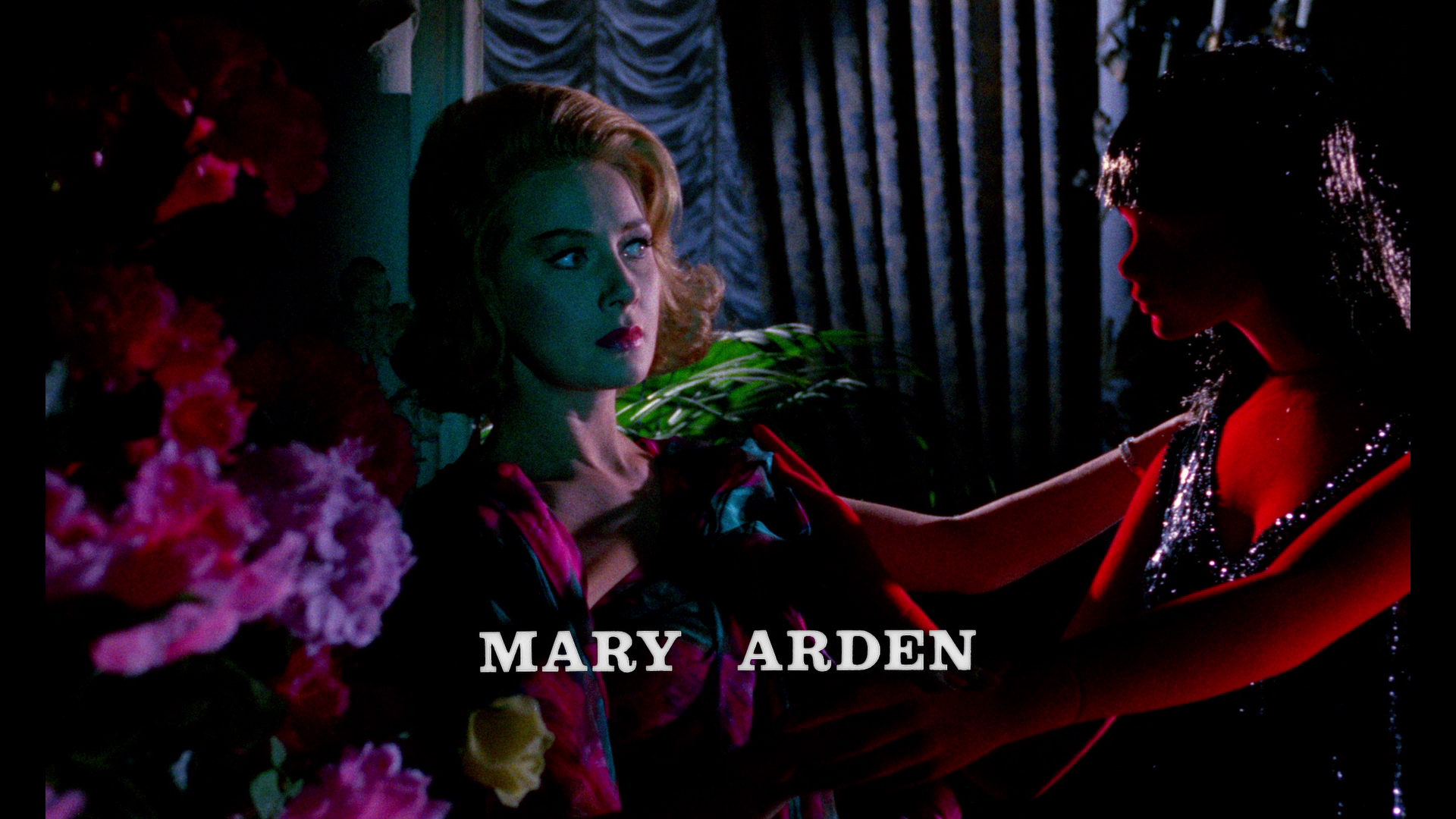 The opening credits feature a series of shots, the compositions of which place the mannequins of the Christian Haute Couture fashion house in juxtaposition with members of the cast as their names appear on screen, suggesting that the cast are like mannequins themselves. The boldly-coloured mannequins within the fashion house mingle within the mise-en-scène with the actors, making the mannequins appear almost like characters themselves; their presence parodies the function of Cristiana’s models (as glorified clothes horses) and, in a more self-reflexive manner, the film’s actors (as props directed by Bava). Throughout the film, Bava draws our attention to the mannequins and to other uncanny parodies of the human form: as the killer drags Isabella’s body away, for instance, Bava pans ironically to statues of cherubs situated in the grounds of the fashion house. The opening credits feature a series of shots, the compositions of which place the mannequins of the Christian Haute Couture fashion house in juxtaposition with members of the cast as their names appear on screen, suggesting that the cast are like mannequins themselves. The boldly-coloured mannequins within the fashion house mingle within the mise-en-scène with the actors, making the mannequins appear almost like characters themselves; their presence parodies the function of Cristiana’s models (as glorified clothes horses) and, in a more self-reflexive manner, the film’s actors (as props directed by Bava). Throughout the film, Bava draws our attention to the mannequins and to other uncanny parodies of the human form: as the killer drags Isabella’s body away, for instance, Bava pans ironically to statues of cherubs situated in the grounds of the fashion house.
Set against the coldness of the characters, Bava’s setpieces are incredibly visceral. When Nicole enters Franco’s shop, for example, the interior of the building is bathed in the intermittent, unnatural glow of the neon signs situated outside it. The killer’s pursuit of Nicole through the shop causes disarray, with objects scattered hither and thither, until finally the killer dispatches Nicole with the aid of a medieval spiked glove that has been taken from a suit of armour. Mikel Koven suggests that by featuring this bizarre weapon, Bava may be offering ‘a veiled critique of the bourgeois attitude toward museum collections of suits of armor or other “beautiful” implements of war, which were originally intended to kill. Bava is really returning this objet d’art to its original usage’ (op cit.: 62). 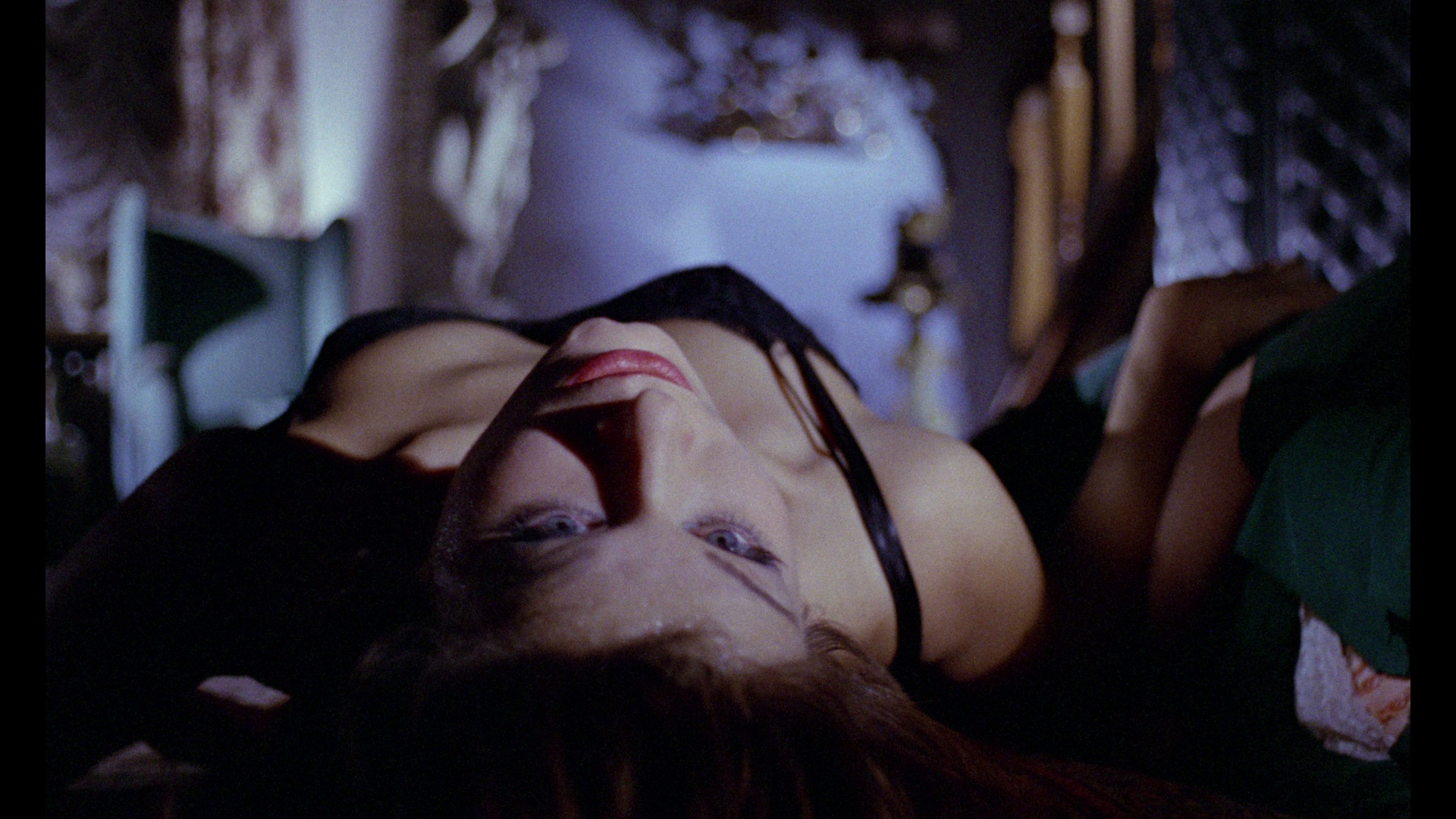 Elsewhere, there’s wonderful use of a red rotary dial telephone, the receiver of which is left swinging in the final shot of the film (its movement back and forth almost looks like a wagging finger), offering both a form of punctuation at the end of the narrative and a sense of movement within a composition otherwise accompanied by deathly stillness that subtly undercuts the film’s apparent achievement of closure. (Bava achieves a semblance of closure in many of his other films, only to undercut it at the last minute via a subtle gesture – for example, in Cani arrabbiati/Rabid Dogs, 1974). The foregrounding of the red telephone here, and in ‘The Telephone’ segment of Bava’s I tre volti della paura (Black Sabbath, 1963), apparently led to the development of the concept of ‘telefono rosso’ (‘red telephone’) pictures. The label ‘telefono rosso’ was applied to films with a vivid sense of décor and extravagant mise-en-scène, and was a parody of the ‘telefoni bianco’ films made in Fascist Italy during the 1930s, in imitation of American films. The ‘telefoni bianco’ films were studiobound, conservative in their outlook and based on concepts of bourgeois ‘good taste’ (white telephones being seen as status symbols). Italian Neo-Realism was seen as a reaction against the ‘telefoni bianco’ pictures, and the ‘telefono rosso’ films of Bava et al offered a movement towards a vivid, proletarian form of entertainment that in its focus on excess was arguably in opposition to bourgeois concepts of ‘good taste’. (Given this, you might wonder what Italian audiences made of the 1960s Batman television series.) Elsewhere, there’s wonderful use of a red rotary dial telephone, the receiver of which is left swinging in the final shot of the film (its movement back and forth almost looks like a wagging finger), offering both a form of punctuation at the end of the narrative and a sense of movement within a composition otherwise accompanied by deathly stillness that subtly undercuts the film’s apparent achievement of closure. (Bava achieves a semblance of closure in many of his other films, only to undercut it at the last minute via a subtle gesture – for example, in Cani arrabbiati/Rabid Dogs, 1974). The foregrounding of the red telephone here, and in ‘The Telephone’ segment of Bava’s I tre volti della paura (Black Sabbath, 1963), apparently led to the development of the concept of ‘telefono rosso’ (‘red telephone’) pictures. The label ‘telefono rosso’ was applied to films with a vivid sense of décor and extravagant mise-en-scène, and was a parody of the ‘telefoni bianco’ films made in Fascist Italy during the 1930s, in imitation of American films. The ‘telefoni bianco’ films were studiobound, conservative in their outlook and based on concepts of bourgeois ‘good taste’ (white telephones being seen as status symbols). Italian Neo-Realism was seen as a reaction against the ‘telefoni bianco’ pictures, and the ‘telefono rosso’ films of Bava et al offered a movement towards a vivid, proletarian form of entertainment that in its focus on excess was arguably in opposition to bourgeois concepts of ‘good taste’. (Given this, you might wonder what Italian audiences made of the 1960s Batman television series.)
The film is uncut, running for 88:39 mins.
Video
Taking up approximately 28Gb of space on a dual-layered Blu-ray disc, Blood and Black Lace is presented in its intended aspect ratio of 1.66:1. The basis for the presentation is a new 2k scan of the negative. The German DVD from Anolis presented the film in a wider aspect ratio of 1.78:1 but, in doing so, exposed the whole negative area in a manner that, apparently, Bava never intended. That release thus contains a sliver of information on both the left and right-hand extremes of the frame that was never intended to be seen in cinema presentations of the film (which, in Europe at least, were intended to be in the marginally narrower 1.66:1 ratio) and throw off some of the elements of composition; this can be seen in the presence of frame lines at the edges of the frame here and there within the presentation of the film contained on the German disc. 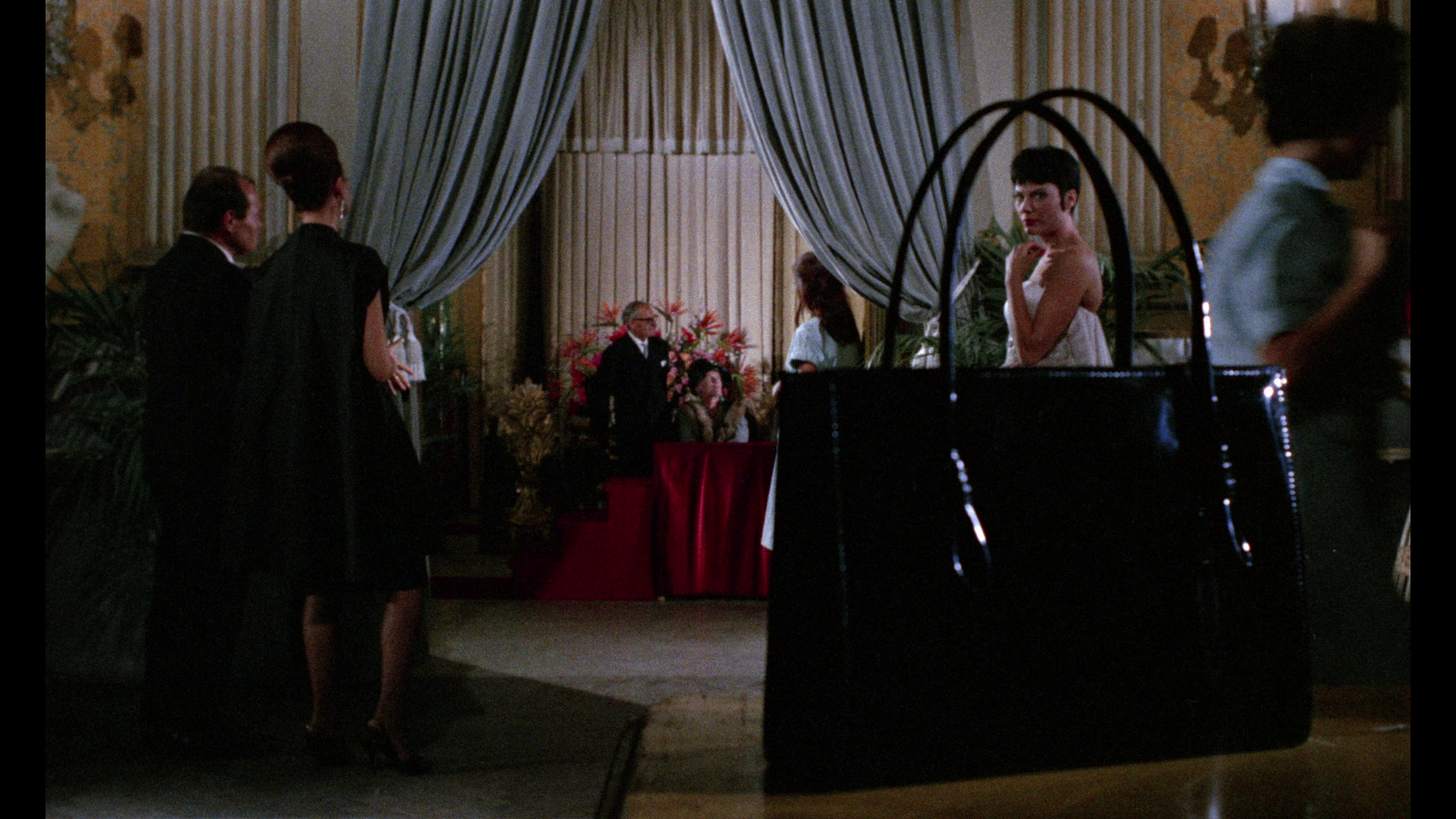 The presentation of the film here, on Arrow’s Blu-ray, exhibits some beautiful bold colours and excellent contrast. Shots have a pleasing sense of depth within them, foregrounding how many of Bava’s compositions are about depth and the movement from background to foreground and vice versa (for example, Isabella, wearing her red raincoat and looking for all the world like Little Red Cap/Riding Hood, walking along the path towards the camera), or drawing the viewer’s eye from details in the foreground to details in the background. For example, in one shot, after Isabella’s diary has been discovered and placed in one character’s handbag, Bava presents us with the bag containing the diary in the foreground and, in the background and framed between the handbag’s carry handles, Tao-Li gazing in the bag’s direction. The presentation of the film here, on Arrow’s Blu-ray, exhibits some beautiful bold colours and excellent contrast. Shots have a pleasing sense of depth within them, foregrounding how many of Bava’s compositions are about depth and the movement from background to foreground and vice versa (for example, Isabella, wearing her red raincoat and looking for all the world like Little Red Cap/Riding Hood, walking along the path towards the camera), or drawing the viewer’s eye from details in the foreground to details in the background. For example, in one shot, after Isabella’s diary has been discovered and placed in one character’s handbag, Bava presents us with the bag containing the diary in the foreground and, in the background and framed between the handbag’s carry handles, Tao-Li gazing in the bag’s direction.
Close-ups show an incredible level of detail in the actor’s faces, and there is a natural level of grain: the presentation contains an organic, film-like image. NB. Some larger screen grabs can be found at the bottom of this review.
Audio
Audio options include two lossless tracks: the film’s English dub and the film’s Italian dub, both in LPCM 1.0 mono. The English dub comes with optional English subtitles, and the Italian dub also comes with optional English subtitles (a transcription of the Italian dialogue rather than ‘dubtitles’). It seems that the subtitles for the Italian version can only be selected when you access the main menu and select the Italian track; following this, a new submenu allows you to select the English subtitles for the Italian track. However, without going through this process the Italian subtitles don’t seem to be selectable from within the main ‘subtitles’ submenu. This is admittedly a minor gripe but is worth mentioning. The film’s script was written in English, and the non-English speaking cast were required to learn their lines by rote. However, as per most Italian productions of the era, the dialogue was entirely post-synched – so neither the English nor the Italian version is ‘definitive’. Interestingly, another English dub was apparently recorded which featured Cameron Mitchell dubbing his own lines. Sadly, this track is apparently ‘lost’. The English and Italian versions differ in some interesting ways: most obviously, the names of the characters are different in each version (in the English dub, ‘Marlocchi’ becomes ‘Max Marian’ and ‘Riccardo’ becomes ‘Richard’, for example). However, there are other differences: for example, the English track features a musical ‘sting’ (absent in the Italian version) when Silvestri reveals the packet of cocaine to Franco. Both tracks fare well and demonstrate strong range which showcases Carlo Rustichelli’s wonderfully jazzy score. The English track is much more bassy though, and because of this the Italian track arguably offers a more rounded experience.
Extras
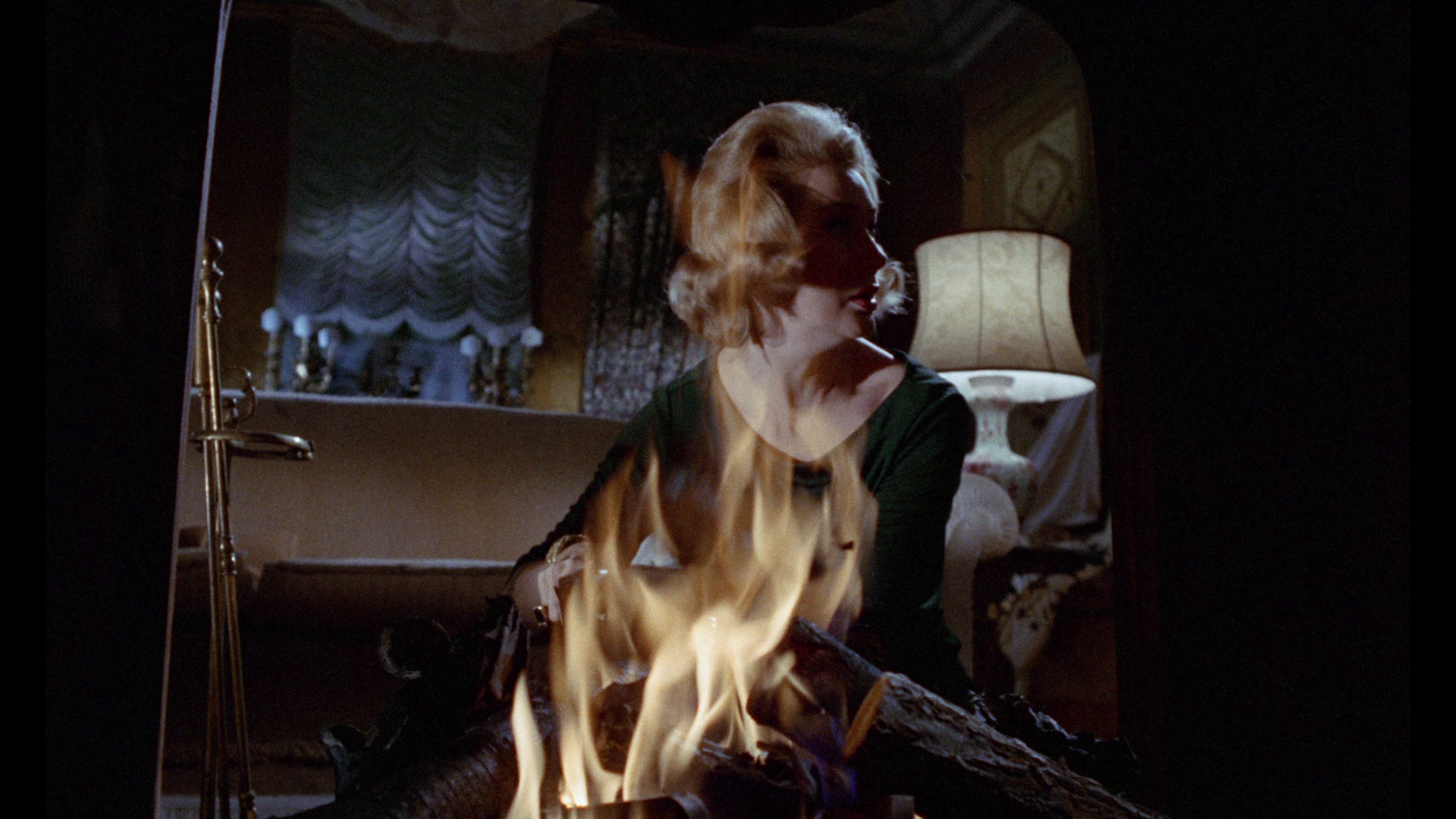 The disc includes a new commentary by Tim Lucas that is well-prepared and densely packed with information. Lucas suggests that the film ‘had and still has’ the sense of something ‘visually new’. The commentary develops on some of the points made by Lucas in his commentary for the old VCI DVD release. The disc includes a new commentary by Tim Lucas that is well-prepared and densely packed with information. Lucas suggests that the film ‘had and still has’ the sense of something ‘visually new’. The commentary develops on some of the points made by Lucas in his commentary for the old VCI DVD release.
A new documentary, ‘Psycho Analysis: Blood and Black Lace, Mario Bava and the Giallo’ (55:08). This is a fascinating documentary about the film, consisting of interviews with a number of participants recorded at the premiere of the films new 2k restoration during the 2014 Courmayer Noir in Film Festival. Interviewees include film historian Roberto Curti (who suggests that gialli all’italiana rely ‘on madness, on the irrational, on the subconscious’), Dario Argento, screenwriter and director Ernesto Gastaldi (who discusses his own picture Libido, a film which would be nice to see on English-friendly DVD/BD), writer Carlo Lucarelli and critic Steve Della Casa. Some of the comments made by the individual interviewees are contradictory, which highlights the nebulous nature of the Italian thriller. Gastaldi suggests that ‘A giallo has to be perfect and logical enough for the audience, at the end of it, to be able to say, “Damn it, if I’d paid more attention, I would have understood it, because no-one has cheated me”’. Lucarelli, on the other hand, seems to favour the more baroque mode, suggesting that ‘Classic gialli always present a safe harbour’ owing to their extreme rationality, but the later Italian thrillers introduced an element of irrationality and even the supernatural; they were, Lucarelli argues, more unsettling because of the addition of these elements as ‘reality is made up of irrationality. Reality is made of madness, especially criminal madness’. An interview with Hélène Cattet & Bruno Forzani (10:35). Cattet and Forzani are responsible for the films Amer (2009) and The Strange Colour of Your Body’s Tears (2013), both of which are pastiches of the gialli all’italiana of the early-1970s. Here, they reflect on the impact of Blood and Black Lace. A short film, ‘Yellow’ (Ryan Hansom, 2011) (26:02). Presented in 2.35:1, this short film is a pastiche of the giallo all’italiana and is described as a ‘neo-giallo’ on the box. (I suppose one could debate whether or not there is such a thing, much as the label ‘neo-noir’ is often debated.) ‘Yellow’ is quite an atmospheric film, very well shot (with an interesting use of a Snorricam-type device) and some interesting narrative ambiguities from the get-go: the opening sequence cuts between the murder of a woman and a man driving at night, raising questions as to whether we’re seeing an example of cross-cutting or an example of parallel editing. In other words, are the two events occurring at the same time but in different environments, or is the man in the car reflecting on something from his past? The use of music is atmospheric but the sound design is hollow and some of the dialogue (especially a radio broadcast that is heard twice in the film) is clunkily clichéd. There’s some brutal violence (an eyeball slashed with a razor in homage to Un Chien Andalou) and the whole thing ends with a very crude visual metaphor (a character framed between two hams). The film’s trailer (3:24). A video essay, ‘Gender and Giallo’ (38:01). This snazzily-edited piece by Michael Mackenzie gives some context to the thrilling all’italiana. There’s heavy emphasis on the more baroque gialli all’italiana released between 1970 and 1975 (Argento’s The Bird with the Crystal Plumage, Luciano Ercoli’s Death Walks at Midnight, Sergio Martino’s ‘woman-in-peril’ films), which is appropriate given the focus of the piece on the representation of gender in Italian thrillers; but whilst the analysis of the films is strong and carried by the narrator’s enthusiasm for these more extravagant thrillers from within the world of the thrilling, the less baroque examples of the thrilling all’italiana are sidelined and the discussion is arguably a little reductive because of this. (However, producing a catch-all discussion of such a nebulous group of films within a 38 minute time limit would admittedly be an impossibility.) Mackenzie engages with attempts to define the giallo all’italiana, suggesting that the films are best considered as a ‘movement or cycle’ rather than genre, and dividing the films into essentially male and female forms. (I’m not sure about Mackenzie’s somewhat bold claim towards the end that gialli all’italiana were produced chiefly for a male audience; the filmmakers were certainly predominantly male, but that doesn’t preclude attempts to capture a female audience, and the melodramatic qualities of mysteries and thrillers generally, regardless of the context of their production, have sometimes been claimed to have a stronger appeal for female audiences.) As an aside, it’s interesting how Martino’s reputation has been elevated in the DVD age, prior to which Martino was often dismissed as a ‘hack’. This is possibly thanks to the availability of reasonably good quality home video versions of his films in their intended aspect ratios. At the same time, and conversely, the once acclaimed thrilling films of Antonio Margheriti and Riccardo Freda, for example, whose films have fared far less well in terms of English-friendly DVD versions, have gradually fallen by the wayside. Time is a fickle mistress, it would seem. ‘Blood and Bava’ (11:21), a recording of a panel discussion from the 2014 Courmayer Noir in Film Festival that features comments from Dario Argento, Lamberto Bava and Steve Della Casa. Two episodes of Sinister Image, the television show by David Del Valle. The first part runs for 27:31 mins; the second part runs for 28:54 mins. These shows focus on Cameron Mitchell’s work. Mitchell and Del Valle interact in an engaging manner, and the whole shebang is filled with wonderful anecdotes and illustrated with great clips. Finally, the alternate US opening titles sequence (1:56) is included. Also included in the package is a very nicely-presented booklet, as we have come to expect from Arrow’s releases. This booklet includes writing about the film by Howard Hughes and Alan Jones, together with some reflections on Ryan Hansom’s thrilling all’italiana pastiche ‘Yellow’.
Overall
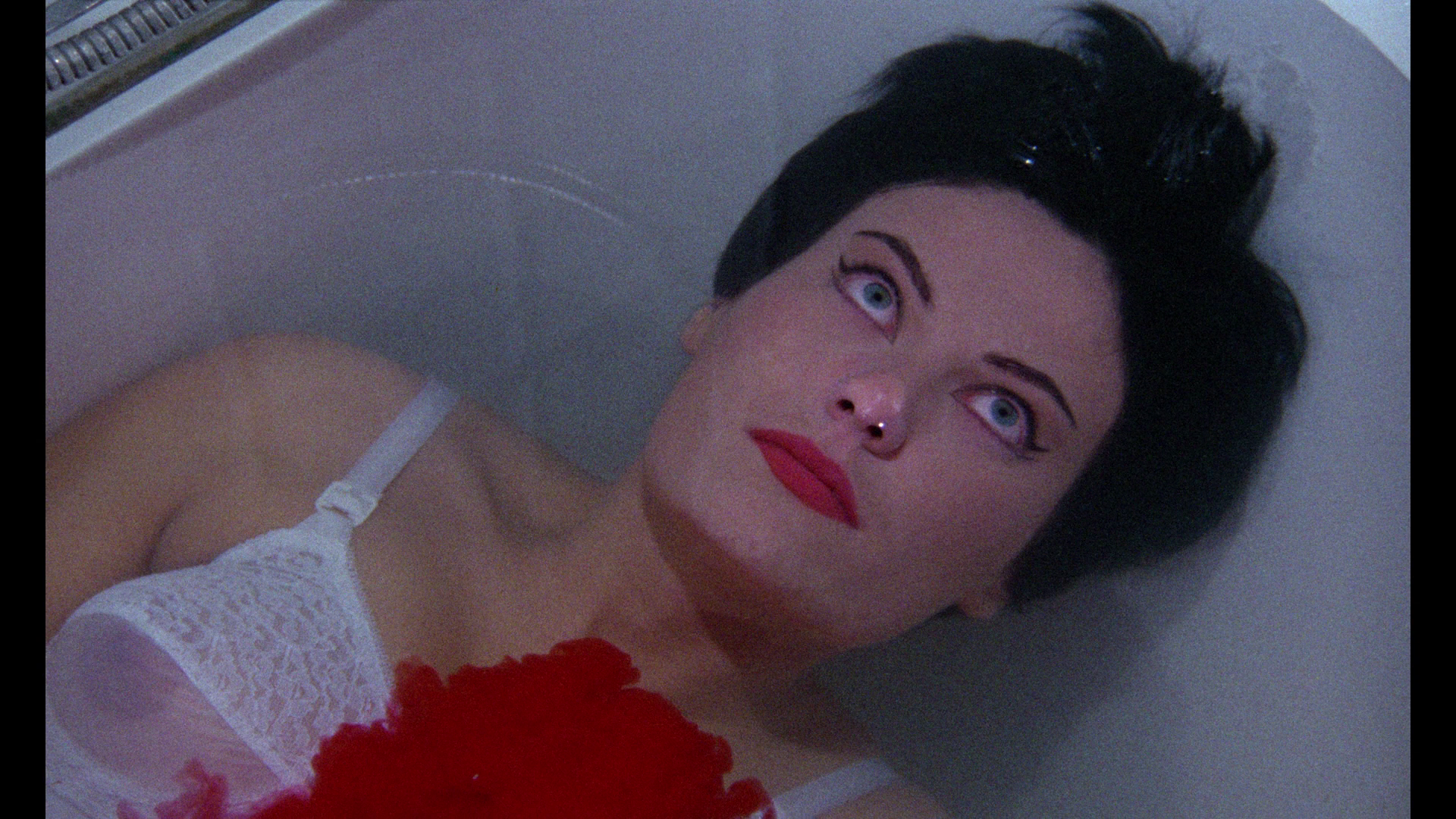 I vividly remember watching Blood and Black Lace for the first time via the UK VHS release from Sheptonhurst, after spending several years trying to track down a copy. That VHS was cut quite heavily, the cuts replicating those made by the BBFC to the UK cinema version that was released in 1965 (and which trimmed footage from each of the murders). After that, seeing the Roan Group LaserDisc, which presented the film in widescreen and was almost uncut (the sequence depicting Tao-Li’s murder was still noticeably trimmed), was a revelation. The various DVDs were mostly a disappointment in one way or another, other than the lovely German DVD from Anolis, which presented the film in a reasonably good anamorphic widescreen version. This Blu-ray easily trumps that release, however, both in terms of the presentation of the film itself (from a new 2k scan) and the wealth of contextual material included on this disc. It’s a wonderful film (I’m not ashamed to say that I still own every version of Blood and Black Lace that I’ve bought in the past, including the VHS and LaserDisc, finding it impossible to part with them - such is my enjoyment of the film), and this Blu-ray is an enormously pleasing release that should be the crown jewel in any Bava fan’s collection. I vividly remember watching Blood and Black Lace for the first time via the UK VHS release from Sheptonhurst, after spending several years trying to track down a copy. That VHS was cut quite heavily, the cuts replicating those made by the BBFC to the UK cinema version that was released in 1965 (and which trimmed footage from each of the murders). After that, seeing the Roan Group LaserDisc, which presented the film in widescreen and was almost uncut (the sequence depicting Tao-Li’s murder was still noticeably trimmed), was a revelation. The various DVDs were mostly a disappointment in one way or another, other than the lovely German DVD from Anolis, which presented the film in a reasonably good anamorphic widescreen version. This Blu-ray easily trumps that release, however, both in terms of the presentation of the film itself (from a new 2k scan) and the wealth of contextual material included on this disc. It’s a wonderful film (I’m not ashamed to say that I still own every version of Blood and Black Lace that I’ve bought in the past, including the VHS and LaserDisc, finding it impossible to part with them - such is my enjoyment of the film), and this Blu-ray is an enormously pleasing release that should be the crown jewel in any Bava fan’s collection.
Bibliography: Dixon, Wheeler Winston, 2010: A History of Horror. Rutgers University Press Koven, Mikel J, 2006: La Dolce Morte: Vernacular Cinema and the Italian Giallo Film. Maryland: Scarecrow Press Marlow-Mann, Alex, 2011: ‘Black Sabbath’. In: Bayman, Louis, 2011: Directory of World Cinema: Italy. Bristol: Intellect Books Met, Philippe, 2006: ‘“Knowing Too Much” About Hitchcock: The Genesis of the Italian Giallo’. In: Boyd, David & Palmer, R Barton (eds), 2006: After Hitchcock: Influence, Imitation, and Intertextuality. University of Texas Press: 195-214 Moliterno, Gino, 2009: The A to Z of Italian Cinema. Maryland: Scarecrow Press Shipka, Danny, 2011: Perverse Titillation: The Exploitation Cinema of Italy, Spain and France, 1960-1980. London: McFarland 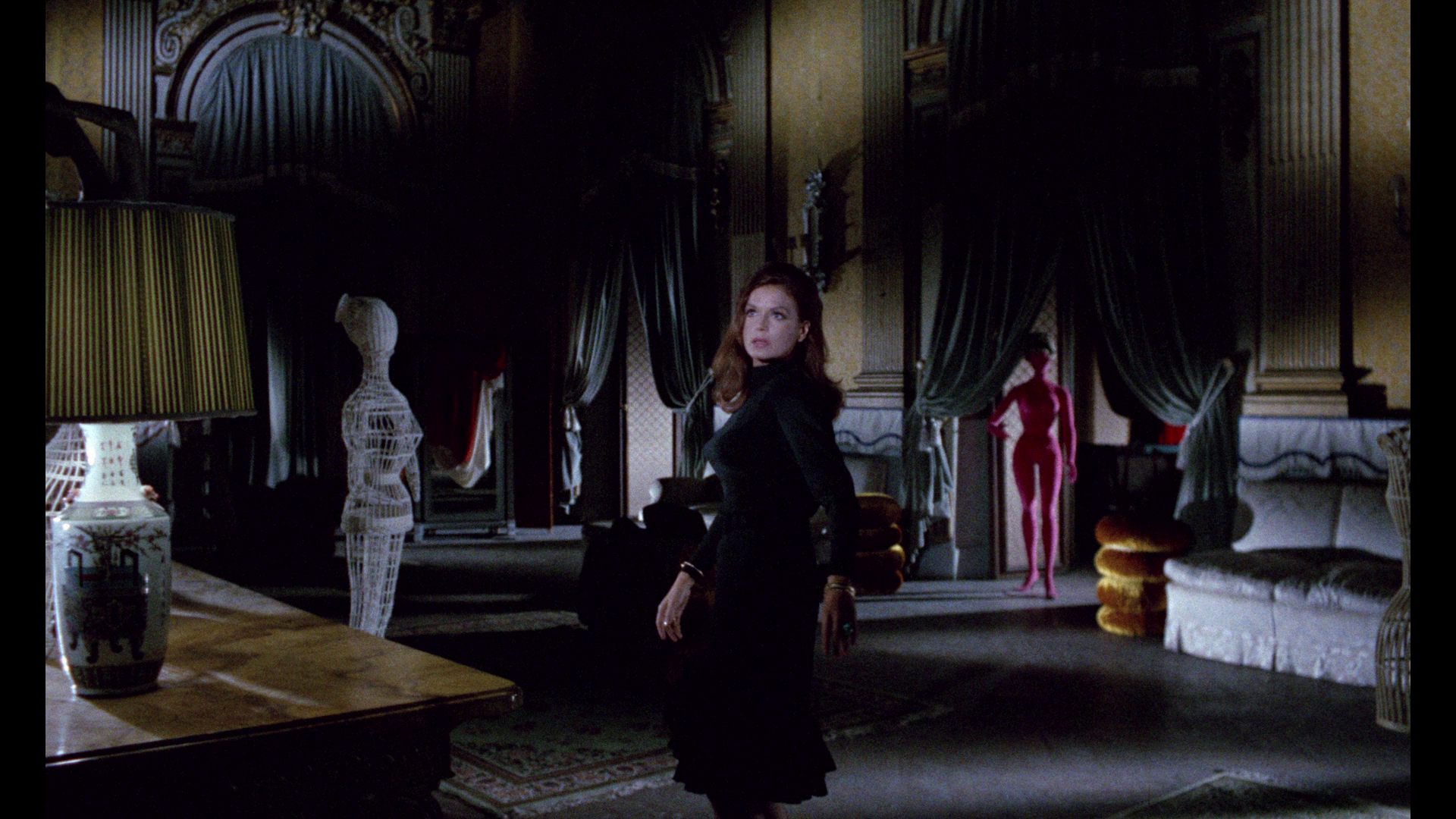
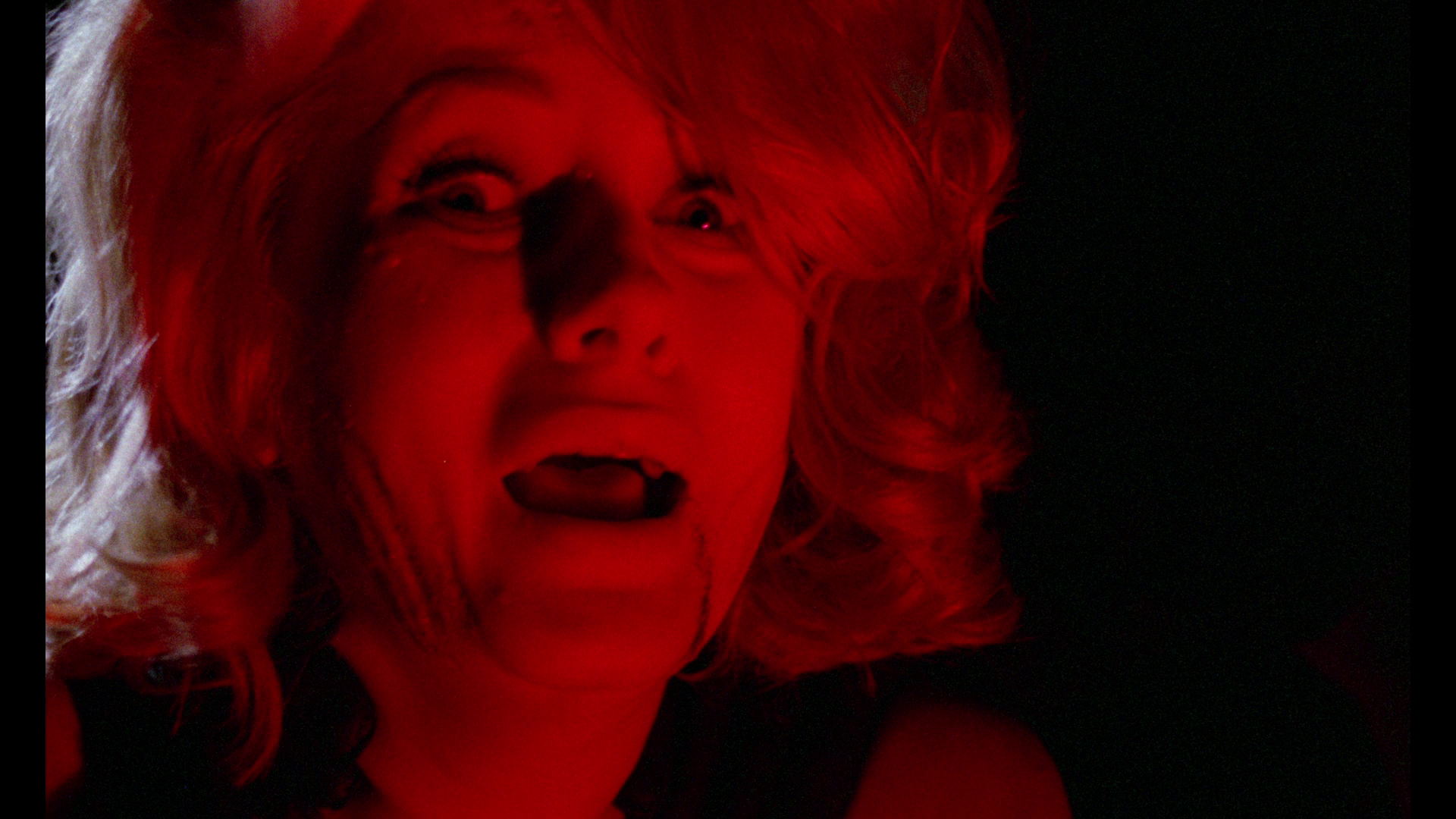

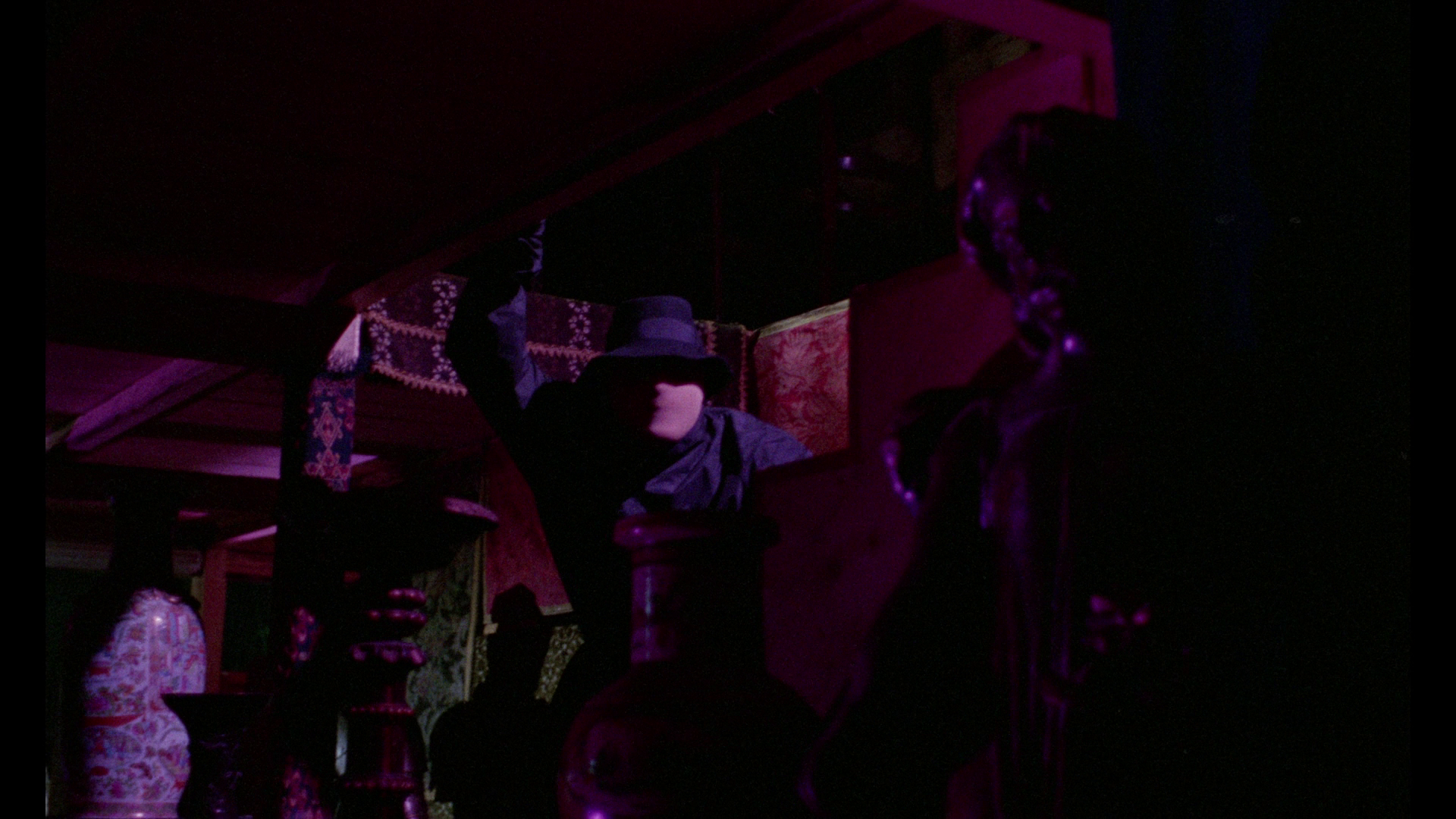


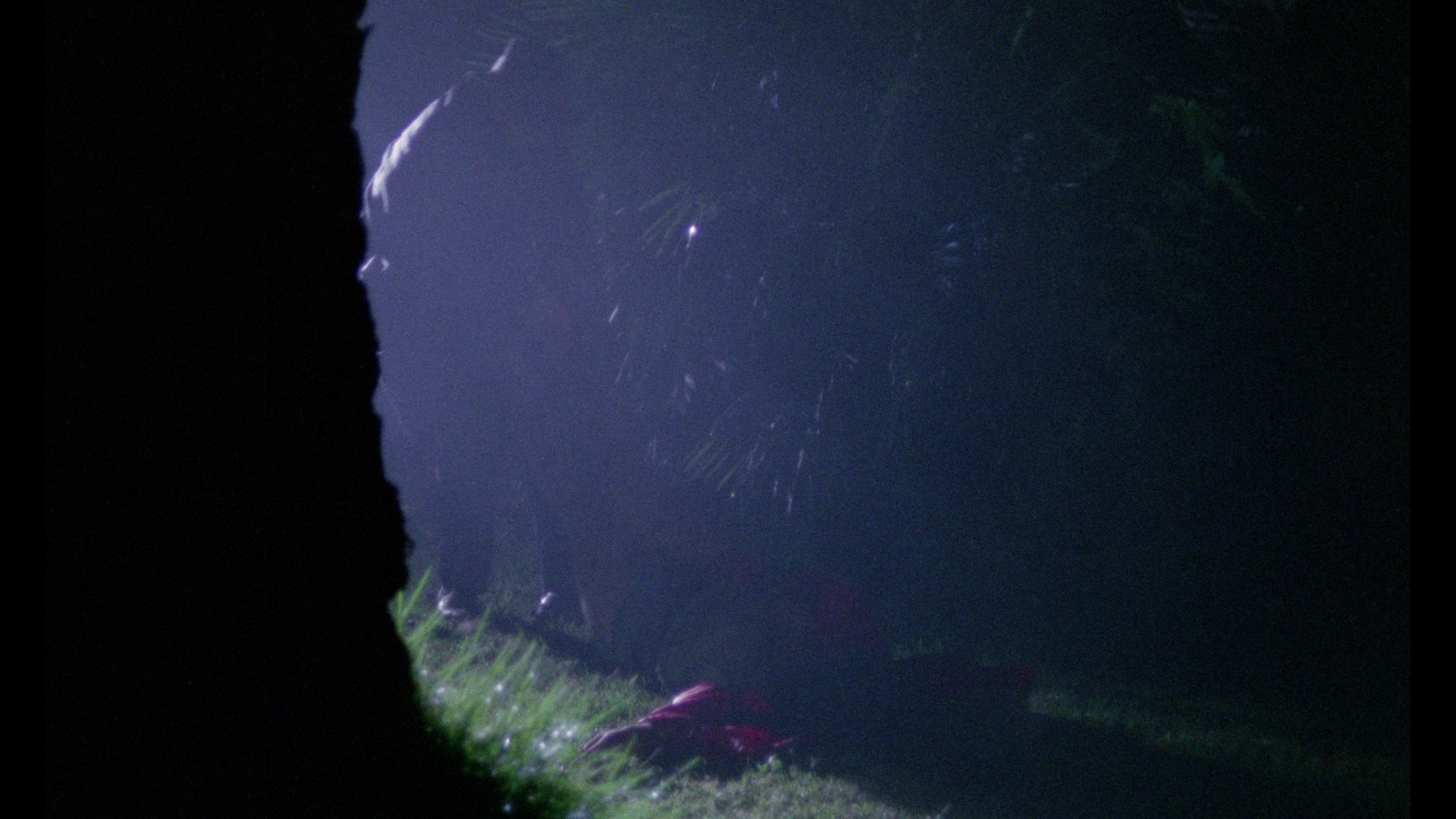

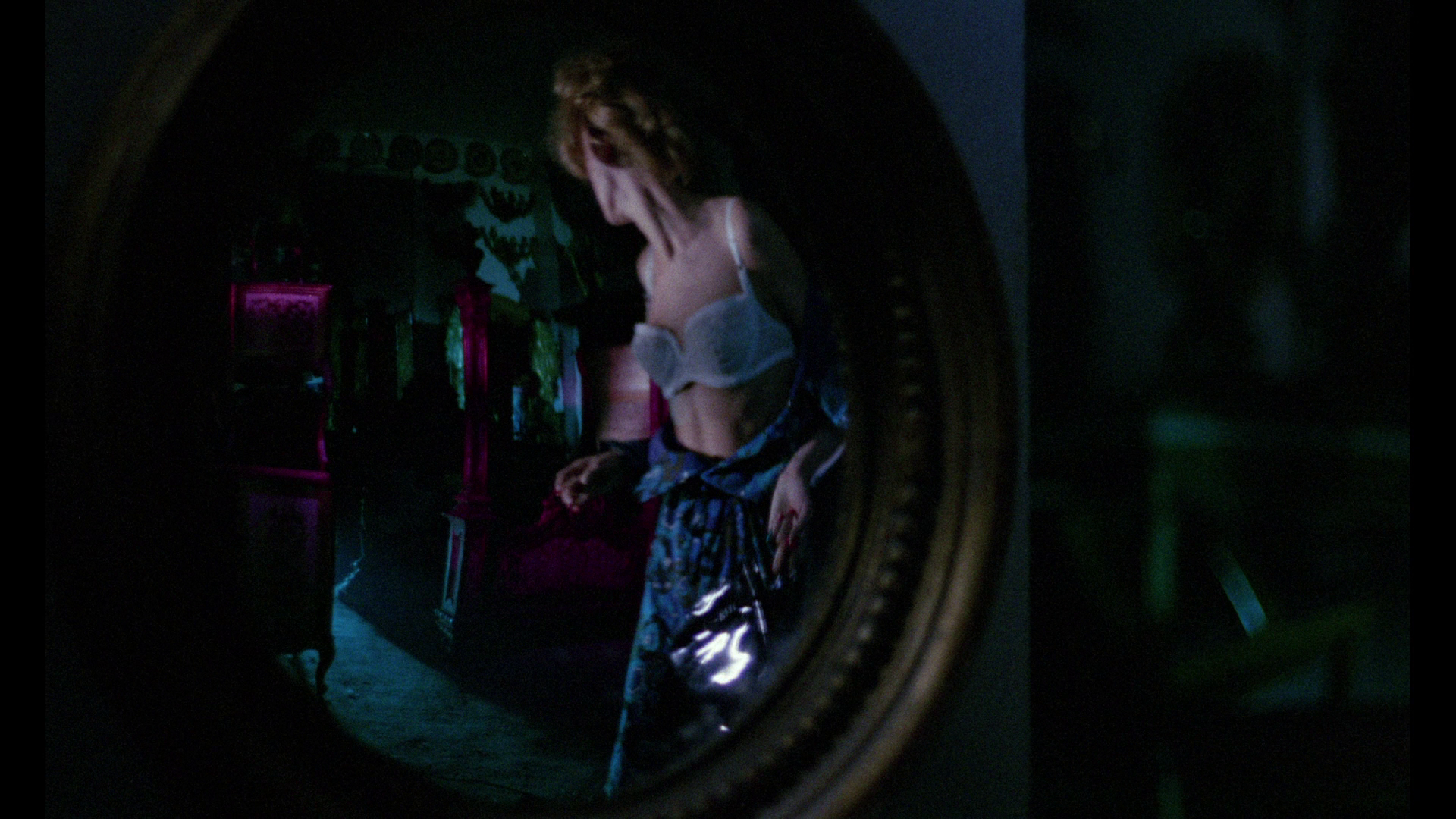
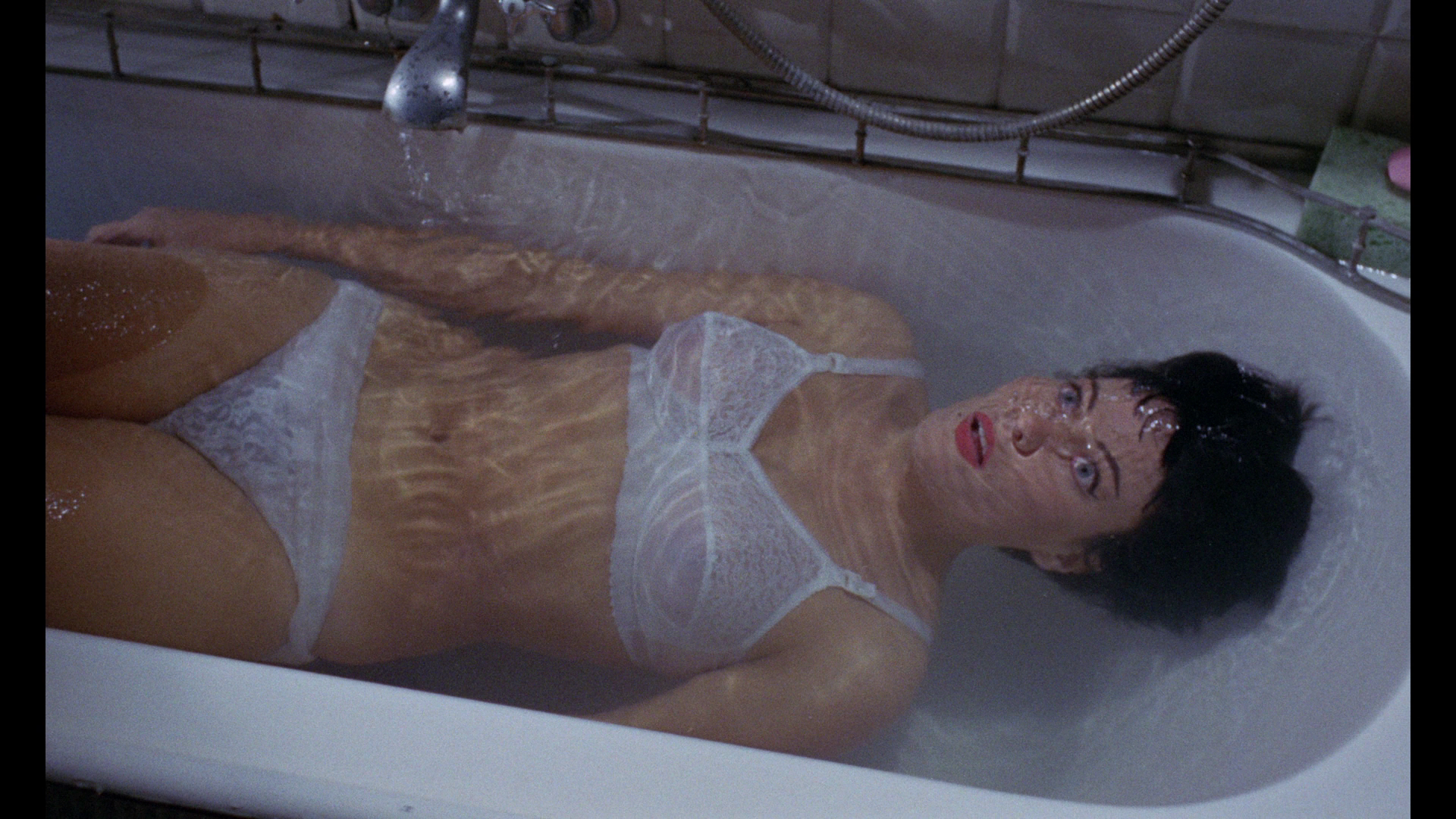
|
|||||

|